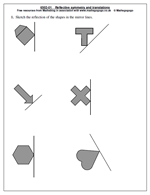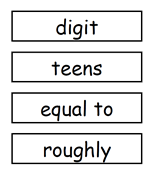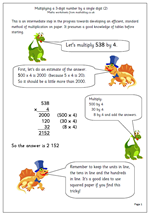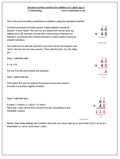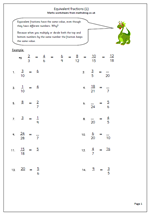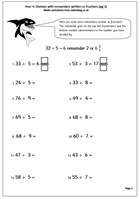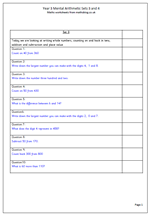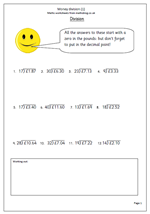There is quite a lot of work done in Year 6 on symmetry and the subject often comes up in the Key Stage 2 SATs.
Some of this involves important vocabulary and by the end of year 6 children should know and be able to read, write and use the following quite tricky words:
Mirror line, line of symmetry, line symmetry, symmetrical, reflect, reflection, translation, axis of symmetry, reflective symmetry.
Also they should be able to test for symmetry using a mirror and by folding.
Children are expected to sketch the reflection of a simple shape in a mirror line where none or only some of the edges of the shape are parallel or perpendicular to the mirror line.
This might seem easy, but actually prove problematic to many children. A small mirror or tracing paper can be a great help with this.
